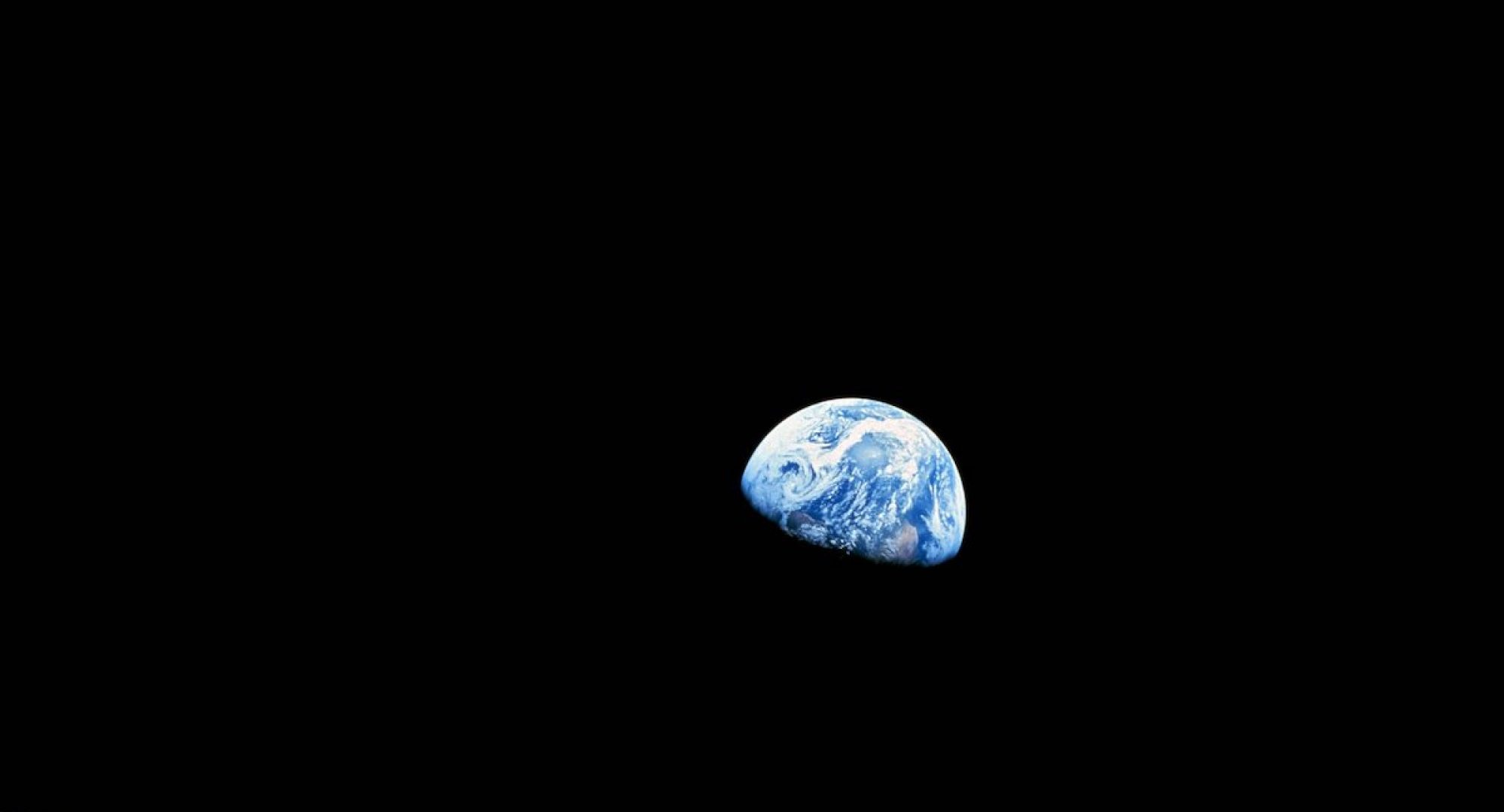Among livestock, cows are the biggest emitters of methane in the U.S. Methane is a greenhouse gas with a warming potential of 80 times that of carbon dioxide. However, there is hope that the U.S. can make big reductions on its greenhouse gas emissions. The U.S. dairy industry reduced its emissions by 18 percent from 2005 to 2015 while emissions from the global dairy industry increased by 18 percent during the same period.
Analysis from the World Wildlife Fund (WWF) finds that larger American dairies could reduce their net greenhouse gas emissions to zero within the next five years. Investing in dairy farms could yield a possible annual return of $1.9 million or more per farm. If only 10 percent of U.S. dairy production achieved net zero, GHG emissions could be reduced by over 13 million tons.
“We need to make it easy for Americans to prioritize the planet when putting food on the table—to make all choices more sustainable so the burden isn’t on the consumer,” said Jason Clay, executive director of WWF’s Markets Institute, in a statement. “But we also need to make it feasible for farmers. Through this analysis, we’re showing how, with the right incentives and policies, dairy can get there, and get there quickly. And if it’s possible for dairy, other food sectors—and particularly other animal proteins—won’t be far behind.”
The problem of cow poo and digestion
Although the U.S. dairy industry has reduced emissions, making big reductions depends on dealing with their biggest sources of emissions: enteric fermentation (the cow’s digestive process that produces methane), manure management, feed production, and energy (farm energy use and generation). Manure is the industry’s second-largest source of emissions, but it can be part of the solution to reduce emissions. Using manure as fertilizer reduces the need for commercial fertilizer, whose manufacture is a significant source of emissions.
Enteric fermentation is responsible for about 35 percent of the emissions produced by the dairy industry. The process refers to how cows, which are ruminants, eat and break down food not fit for humans. The analysis suggests that optimizing a cow’s feed will reduce emissions from enteric fermentation and is a key part of achieving net zero emissions. There is research currently being conducted on feed supplements to reduce methane emissions from enteric fermentation. The analysis cites a Dutch product that reported to reduce methane emissions from enteric fermentation by up to 40 percent. The supplement and others like it are not yet approved for use in the U.S.
The unconventional path to net zero
The WWF advocates for sequestering some dairy emissions and mentions a development from the Salk Institute that involves using gene-edited seeds for cover crops to be used for sequestration. The analysis acknowledges that the development “is not sufficiently advanced to include in the estimates presented here.” However, it goes on to state that “such technologies have the potential to reduce loss of carbon to the atmosphere and help dairies achieve net zero emissions.” Such technology may or may not pan out, but if it does, it could prove to be a useful tool for U.S. dairies in achieving net zero emissions.
Photo by David Sjunnesson on Unsplash


